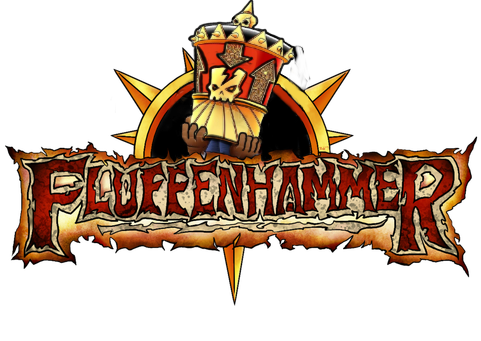Sunday Musings - Misteps in Middenheim
Warhammer Fantasy Roleplay, on it’s arrival into the world in 1986, was a dirty street level affair. You started as a literal nobody and it took a lot of work to get anywhere near the first rung that other, some may say more popular, RPGs of the time began with. There is something of fast and loose feel to the system and the grime slides off the page to puddle at your feet as you begin an adventure that has little of the shine and glory that D&D power-fantasy brings to the table. WHFRP is as far from a superhero experience as you can, dwelling somewhere in the realms of Call of Cthullu by way of a mud hut on an almost-Germany. It’s a system with many a supporter and it’s moved in and out of publication over the decades*. Games Workshop licensed it out to Hogshead, then to Black Industries and currently Cubicle 7 after realising that they were better equipped to be a miniatures company than pure publishing.
This creates a very interesting bubble in the franchise that I would like to explore.
1st Ed WHFRP proved that the majority of RPG supplements are unnecessary. Between the years of 1986 and 2004 D&D had over 400 books published whilst WHFRP had a mere 26. This becomes even stranger when you consider how many of these were considered below par (mostly, I have to admit, from the Hogshead republishing) and yet: The Enemy WIthin causes much telling of tales no matter the system. Castle Drachenfels and Doomstones have much in the way of memorable moments that many, myself included, have played more than once. The heart of WHFRP has always been that core books and the first three parts of The Enemy Within. It is as close to perfect as it’s possible to have**
2nd Ed WHFRP looked at that core of four and decided to add 28 more in the next four years, but even with this extra content and inspiration it was always The Enemy Within that got the table time. Which is in itself a shame as the WHFRP team of that time was publishing is actually that bad. Granted, there was a pair of issues running in tandem. One was that a lot of WHFRP didn’t match the world of WHFB now, where a lot had been retconned (see: Drachenfels), the second being that there was a lash of a business model that demanded a D&D level stream of content. Each book sat at far too high a page count, and two many dropped at too quick a pace. Modules were padded more than a Skaven Star Player and often had a direct a to b railroad that removed a lot of Enemy Within’s roleplaying experience. The Thousand Thrones undoes any of the good will it garners through it’s own need to be ambitiously large
This path leads us to an unfortunate truth. 2nd Ed WHFRP was caught between two pillars. The more it attempted to have it’s own identity, the more it was dismissed for being unfaithful to Enemy Within, to the heart of 1st Edition. When it did ape the style and substance of that series it was named an inferior copy, a pretender to the throne. It needed a voice of it’s own which unfortunately it was never truly allowed to have, someone to point the ship in the direction that could have been a “what you thought was true…was a lie”. 2nd Ed WHFRP feels more like the mass of OSR material to it’s source than an actual evolution. There is treasure in there though. An expanded careers system allows some great high-ceiling aspects as you aim for the heights of the Old World, and having it set after The Storm of Chaos is a masterstroke, allowing the players to explore a Old World teetering on the edge of collapse. There is a sense of social mobility in the setting that the players can only ever hope to glance a glimpse of, rather than be able to walk into. There are many a thread unpulled that could have placed 2nd Ed on it’s own pedestal, but unfortunately, those threads were all being pulled in different directions. The result is uneven, unable to support a new vision of the setting or a different view of what came before.
It’s a shame then that it’s taken until recently to get a good take on WHFRP, and the Cubicle 7 version is just that. An amazing pick and choose of what came before with just enough of a new sparkle to make sure it all gels. With classics like Night of Blood and of course, The Enemy Within gaining new prints alongside some wonderful new adventures that all have the space to explore and breathe that 2nd Ed lost, the 4th Ed Take is a wonderful experience.
Saying all that though, it’s funny to me at least that I’me desprate for Cubicle 7 to reprint the hammer horror take on the Old World that is Barony of the Damned
Until next, I remain
Adam
*With the current Cubicle 7 system being a standout in my eyes
**in my opinion. I’d best say that.






